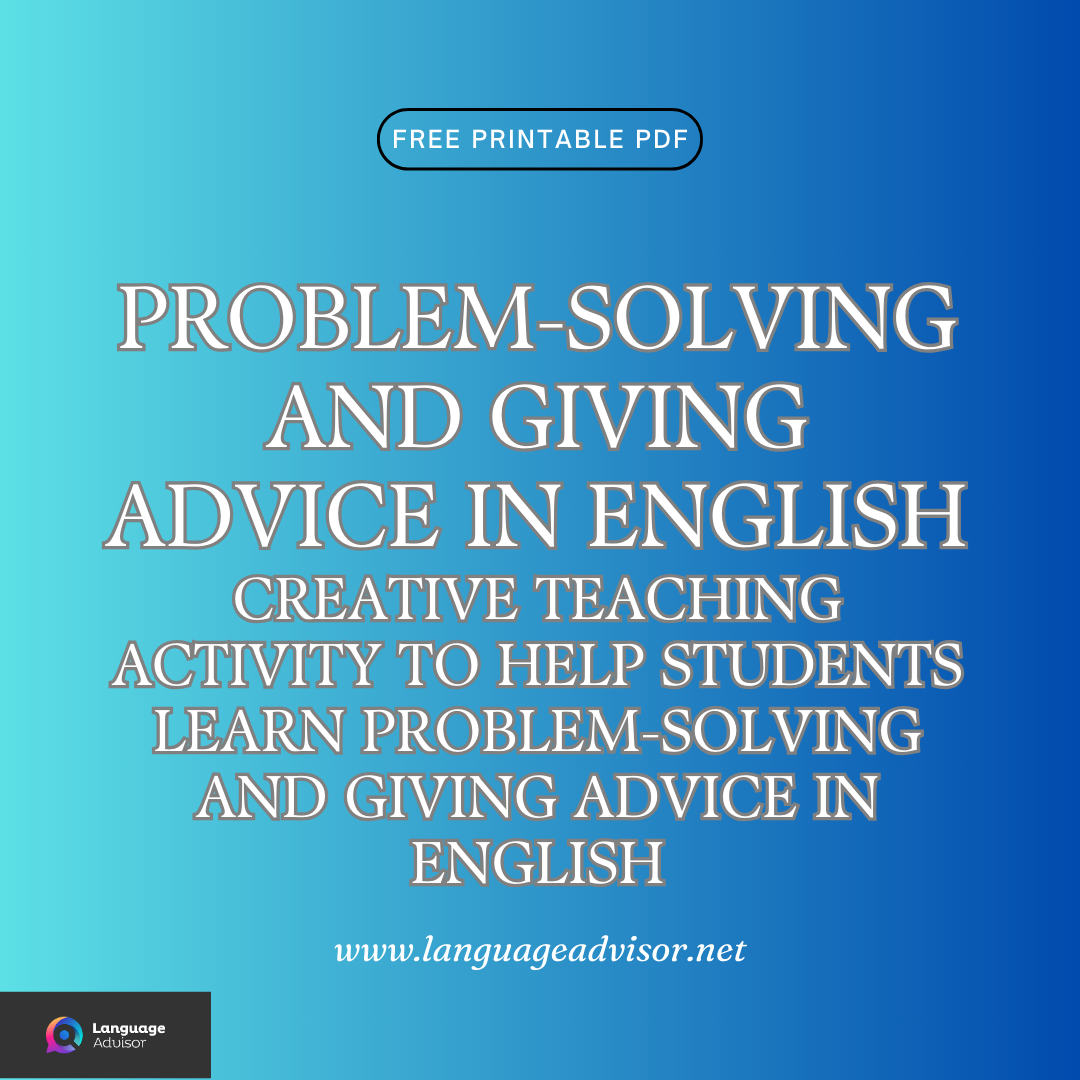Creative Teaching Activity to Help Students Learn Problem-Solving and Giving Advice in English. Enhance your ESL students’ communication skills with this interactive activity focused on expressing problems and offering solutions
Problem-Solving and Giving Advice in English


